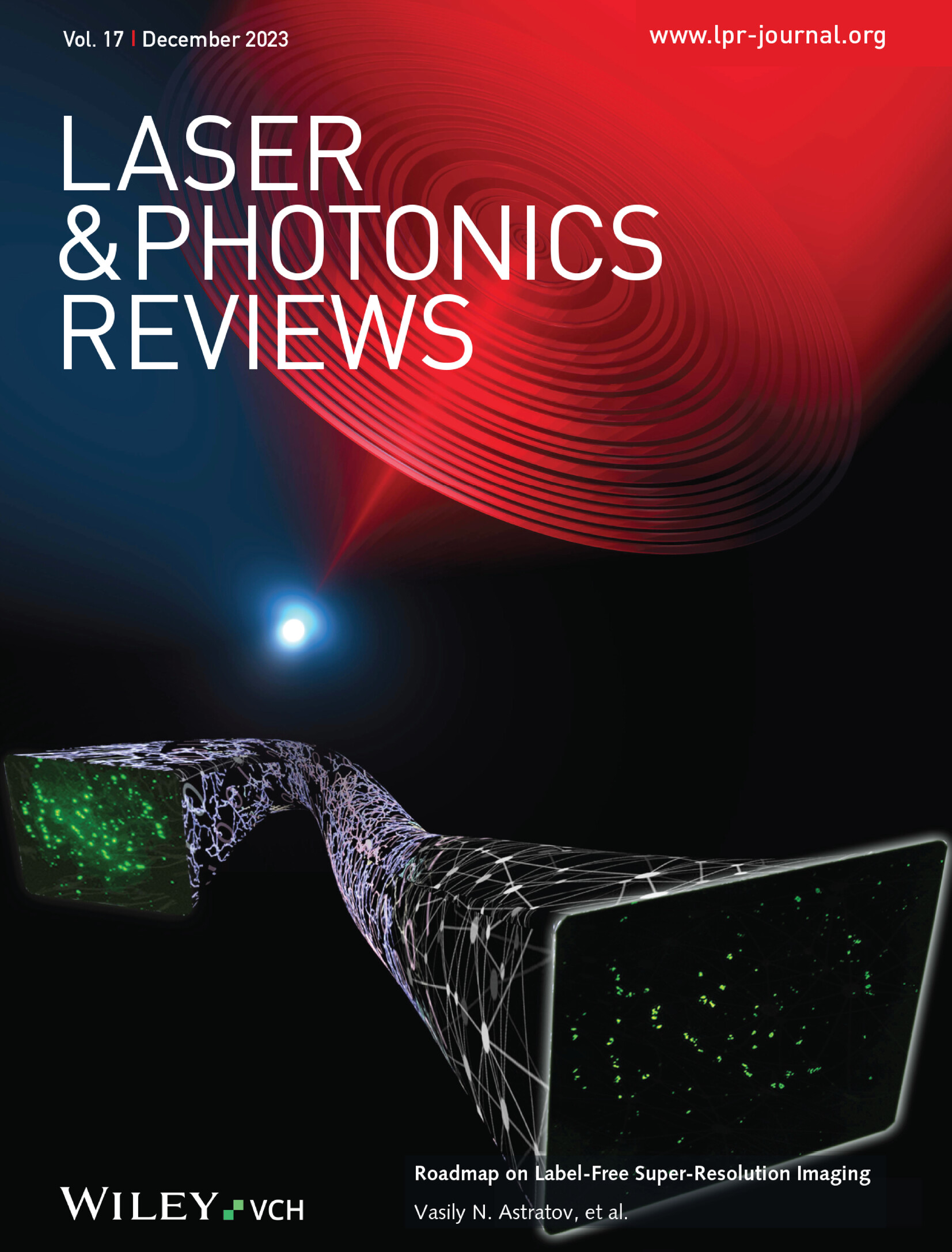Efficient and Stable 0D Cs3Cu2Br5:Mn Single Crystals for Low-Dose High-Resolution X-Ray Imaging
IF 9.8
1区 物理与天体物理
Q1 OPTICS
引用次数: 0
Abstract
Scintillators, essential component of radiation detectors, have garnered significant attention for their pivotal roles in homeland security, medical imaging, and nondestructive inspection applications. However, existing scintillators still face challenges in simultaneously achieving high scintillation efficiency, stability, and low toxicity. Herein, a novel Cs3Cu2Br5:Mn single crystal (SC) scintillator, utilizing nontoxic Mn2+ as activator, is developed. The introduction of Mn2⁺ into the 0D Cs3Cu2Br5 host induces a green emission with a high photoluminescence quantum yield of 92.9%. Compared to undoped Cs3Cu2Br5, the Mn2+-doped one exhibits a 120% increase in steady-state scintillation efficiency, reaching 14 000 photons MeV−1. Moreover, the X-ray low detection limit improves from 49.3 to 16.8 nGyair s−1. The Cs3Cu2Br5:Mn SC also achieves an ultra-high spatial resolution of 24 line pairs (lp) mm−1 when utilized as a flat scintillation screen. This study demonstrates a promising strategy to design high-performance scintillators by doping eco-friendly metal, offering new avenues for advancements in radiation detection technologies.

求助全文
约1分钟内获得全文
求助全文
来源期刊
CiteScore
14.20
自引率
5.50%
发文量
314
审稿时长
2 months
期刊介绍:
Laser & Photonics Reviews is a reputable journal that publishes high-quality Reviews, original Research Articles, and Perspectives in the field of photonics and optics. It covers both theoretical and experimental aspects, including recent groundbreaking research, specific advancements, and innovative applications.
As evidence of its impact and recognition, Laser & Photonics Reviews boasts a remarkable 2022 Impact Factor of 11.0, according to the Journal Citation Reports from Clarivate Analytics (2023). Moreover, it holds impressive rankings in the InCites Journal Citation Reports: in 2021, it was ranked 6th out of 101 in the field of Optics, 15th out of 161 in Applied Physics, and 12th out of 69 in Condensed Matter Physics.
The journal uses the ISSN numbers 1863-8880 for print and 1863-8899 for online publications.

 求助内容:
求助内容: 应助结果提醒方式:
应助结果提醒方式:


